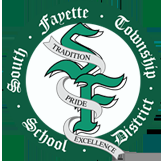Crosscurricular Approach to the Child Labor Practices of the 1800s and 1900s Industrial Revolution
(View Complete Item Description)This a a cross curricular unit encompassing English, History, and Math Common Core Standards to teach the Child Labor practices of 1800s U.S. with the tragedy of Triangle Shirtwaist Factory Fire of 1911 which lead to child labor reform throughout the world and into the modern era.
Material Type: Activity/Lab, Assessment, Data Set, Diagram/Illustration, Homework/Assignment, Lecture, Lecture Notes, Lesson Plan, Primary Source, Reading, Simulation, Teaching/Learning Strategy
















